The Spey Blade: The Best Knife Shape in 2024
I’m pretty deep into the pocket knife and EDC world. I’ve carried these items for decades, and I’ve been writing about them for years. But, only recently did I discover my new favorite blade shape: The spey blade.
Now, that’s a bit of bull. I’ve known about the spey shape since I was about 10 years old when I received a Remington gift pack containing a multitool and a stockman-style knife. That stockman had a spey blade in it, but I never used it because it didn’t look as cool as the clip point. After all, knife blades need to look awesome and dangerous, right?
It’s only recently that I truly discovered the spey blade, its usefulness, and how valuable of a hand tool it is; I’ve been in love with it ever since.
Disclaimer: This post contains affiliate links. If you click on the link and make a purchase, TGA might earn a commission.

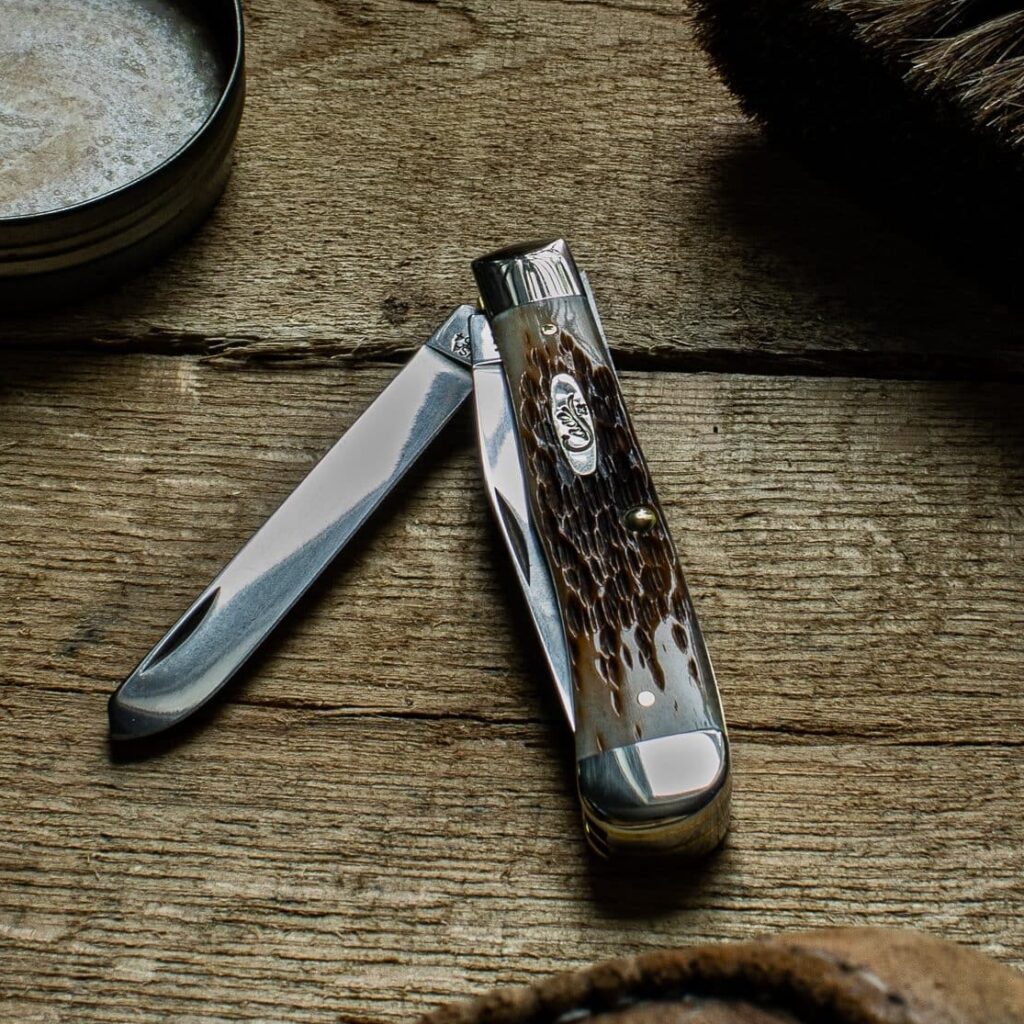
What is a spey blade?
That’s right, it’s a spey blade, not a “spade blade” or “spay blade,” though some may refer to them as such. Before we discuss why we call it a spey blade, let’s discuss its shape. A spey blade is a (relatively) long, narrow blade with a straight edge that runs parallel to the spine. The edge continues to a small, very round belly at the tip of the blade, which clips abruptly from the spine, like the blade to the left in this image:
What is the spey blade purpose? Well, there are tons of uses for a blade shape like this, but let’s discuss how the spey blade got its name first.
Why is it called a spey blade?
Okay, cowboys, I’m about to drop some shit on you. We call it a spey blade because cowboys and ranchers use it to nip the sack on livestock like horses, bulls, and other animals to remove their testicles (talk about a badass skill, or just a screwed up hobby). Its long edge and small, round belly make it ideal for slicing, but the abruptly clipped point is less likely to puncture any important veins or vessels that might run back there.
Look, I know someone’s gotta do it, but I can’t imagine slicing open a horse’s nutsack to get a hold of its giggle berries. Any cowboys, ranchers, or vets reading this, how about leaving a comment that describes the situation? And why isn’t it a “neuter” blade?
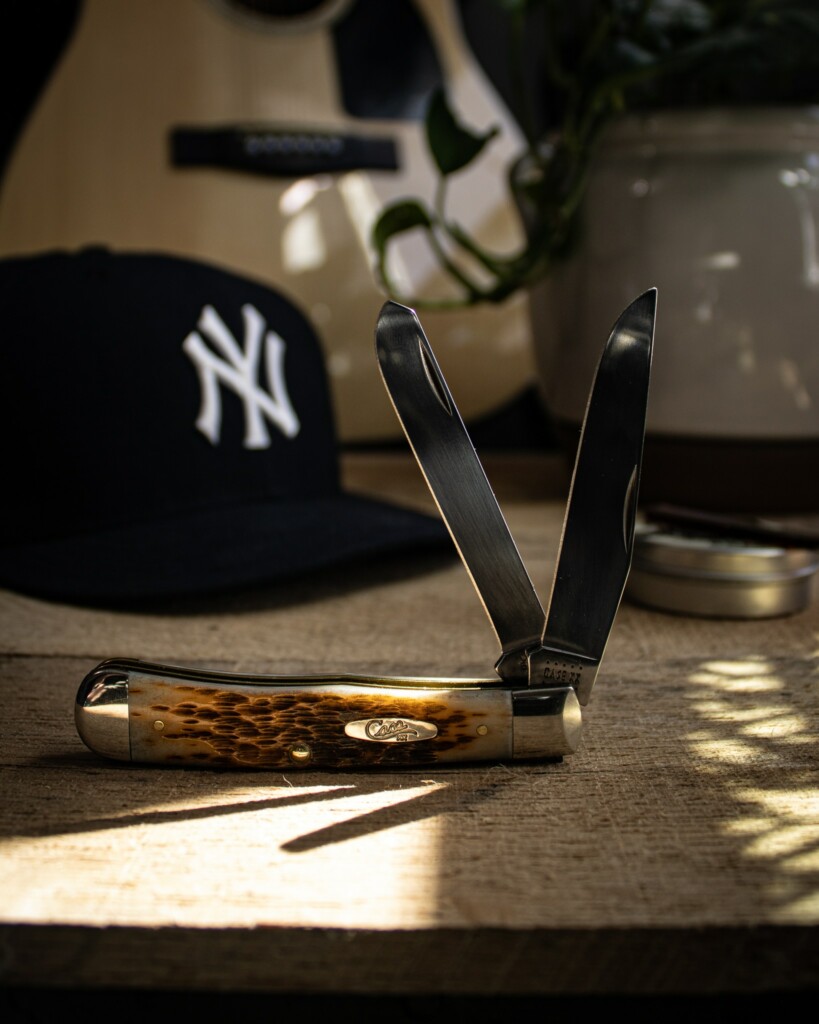
Spey Blade Uses
Besides lopping off bull balls, the spey blade has a ton of practical uses. Most of its practicality revolves around the fact that it’s very hard to stab yourself with the point, but there is more than just one spey blade use:
Opening Packages and Letters
I hate ripping open letters or packages. My grandfather kept a letter opener in a small wooden caddy on his kitchen table, and the fact that it was entirely unnecessary felt very classy to a young Tom. For that reason, I’ve never been a fan of ripping these items open by hand.
The spey blade is perfect for opening letters and boxes. The round belly does an excellent job of slicing between cardboard flaps, and the long, straight edge is ideal for cutting open envelopes.
Slicing Rope
The spey blade’s straight edge is excellent for slicing rope, cordage, and other fabric. The material just seems to stay on the straight edge longer than it does on a large-bellied drop point.
Hunting
One of the benefits of the spey blade is that it’s unlikely to puncture something accidentally. Anyone who’s ever field-dressed a deer knows what I’m talking about.
There are two things you don’t want to accidentally nick when gutting a deer, or any animal, in the woods: the stomach and the bladder. The contents of either of these sacks can spoil meat, and stomach contents smell like absolute hell. The spey blade does a great job of opening the cavity without accidentally puncturing these organs.
Cutting Leather
I do a bit of leatherworking from time to time, and one thing about the spey blade that I found most surprising was that it was very useful for slicing leather. The belly on clip points and drop points require the user to hold their hand low to the leather to apply leverage, while the small, rounded belly of a spey blade allows you to hold your hand higher while still applying a lot of leverage. This position allows you to see the leather better while slicing.
General EDC Purposes
Unless you’re a murderer or a psycho ex-girlfriend with a vendetta against truck tires, you probably don’t actually need to stab anything with your knife on a daily basis. I’ll argue that clip points, drop points, tanto blades, and other blades are not nearly as practical for EDC use as the spey blade.

Enjoying learning about badass skills? What about reviews on products men actually use? Or just generally learning how to be a more useful man?
THEN JOIN THE TGA MAILING LIST!
Weekly content sent directly to your email address so you don’t miss any of the fresh content and useful advice we’re producing. Sign up below!
My Favorite Spey Blade Knives
Have I sold you on the many benefits of spey blades yet? Looking to purchase your own now? Here are a few of my favorite spey blade knives. And, because The Graying Area is an Amazon Associate, if you buy one of these knives using the links below, we make a little cash-ola.
Case XX WR Pocket Knife Amber Jig Bone Trapper
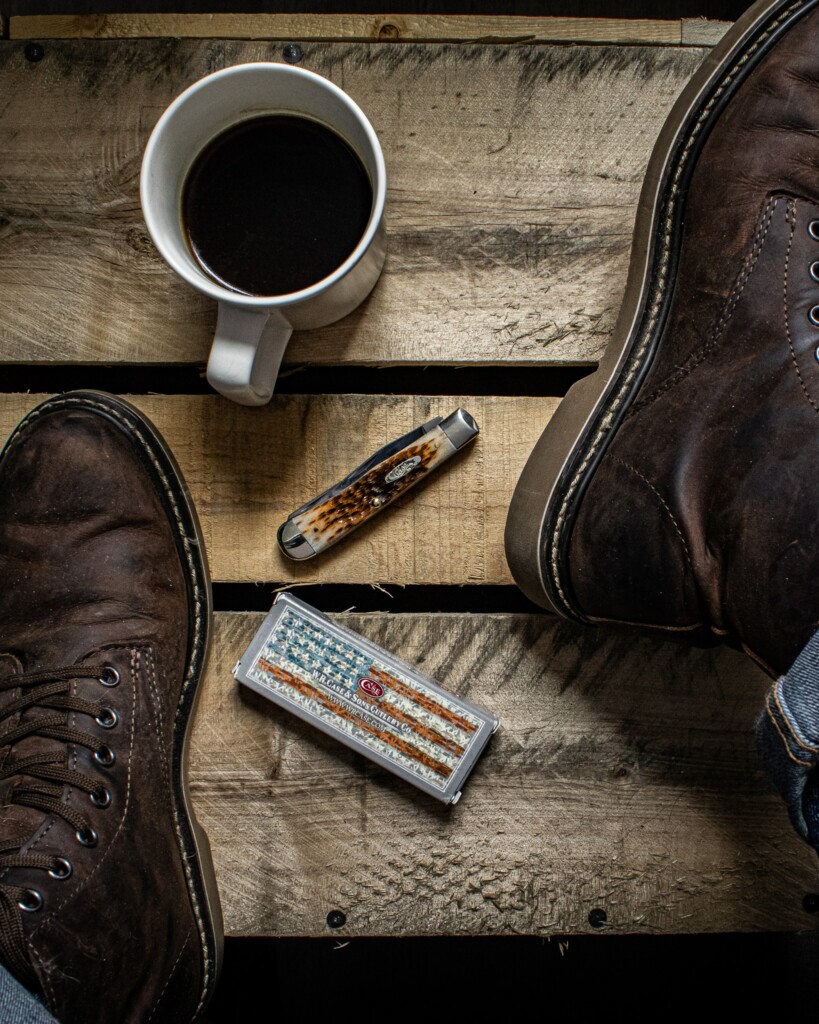
This is currently my favorite EDC knife that isn’t The James Brand Carter. It’s a basic slip joint trapper with a clip point and my favorite spey blade. Case still makes this knife in the USA, so if that matters to you, this knife checks that box as well. It’s just an awesome traditional EDC knife that people admire every time I remove it from my pocket. Available on Amazon
Case XX WR Stockman
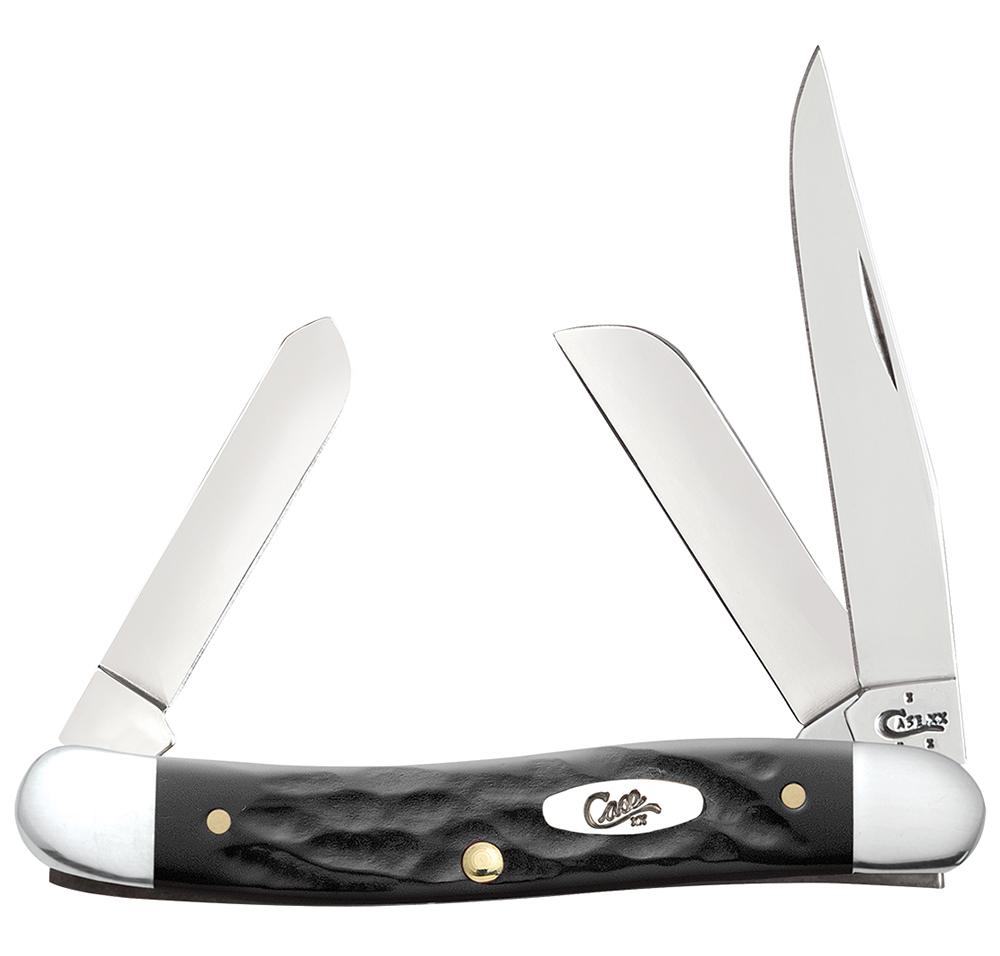
Just as useful and popular is the Case XX WR Stockman. This knife also features a sheepsfoot, a clip point, and a spey blade. Again, this knife is as American as apple pie, cowboy hats, and slicing off horse nads. Available on Amazon
If you’re going back and forth, trapper vs stockman, stockman vs trapper, why not get them both? Personally, I’ll go with the stockman.
CRKT Radic
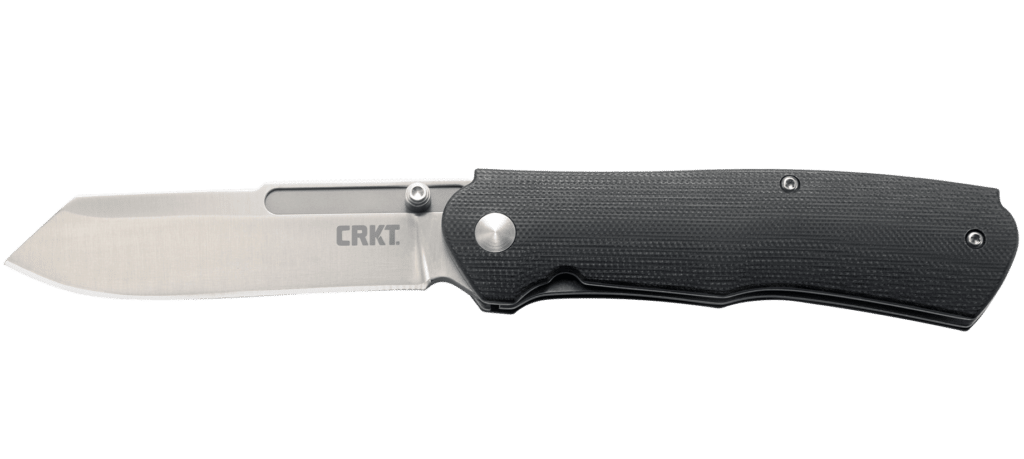
Okay, I’m cheating here, as the Radic doesn’t exactly fit the definition of “blade for cutting nutsacks,” but this is the closest to a spey blade that I could find on a reliable modern EDC knife. The CRKT features a modified sheepsfoot, which really brings it into the spey camp. It features a pocket clip and assisted opening, making it a pretty badass knife. Available on BladeHQ
Final Thoughts
There you have it: My argument for spey blades to take over the world of EDC knives. What are your thoughts? Have you ever actually used the spey blade in your traditional folders? What’s your favorite blade shape? Let me know in the comments below. And share this through social outlets, will ya? The Graying Area needs your support to keep growing.
Spey Blade FAQs
What is a spey blade used for?
If you’re wondering, “what is a spade blade used for?,” brace yourself. Spey blades were originally used by cowboys and ranchers to castrate livestock. The rounded belly and blunted tip were effective at slicing without accidentally puncturing veins and vessels accidentally.
What are the blades on a trapper knife for?
Trapper-style knives were popular with, you guessed it, fur trappers. These knives were easy to fold and store in their pockets but also provided function. The clip points were excellent for puncturing, while the spey blades excel at slicing.
What is a stockman knife?
A stockman knife is a three-blade design that cowboys and ranchers would often carry in their pockets while working. One of the blades in the knife is known as a “spey blade,” and it was used to castrate livestock.



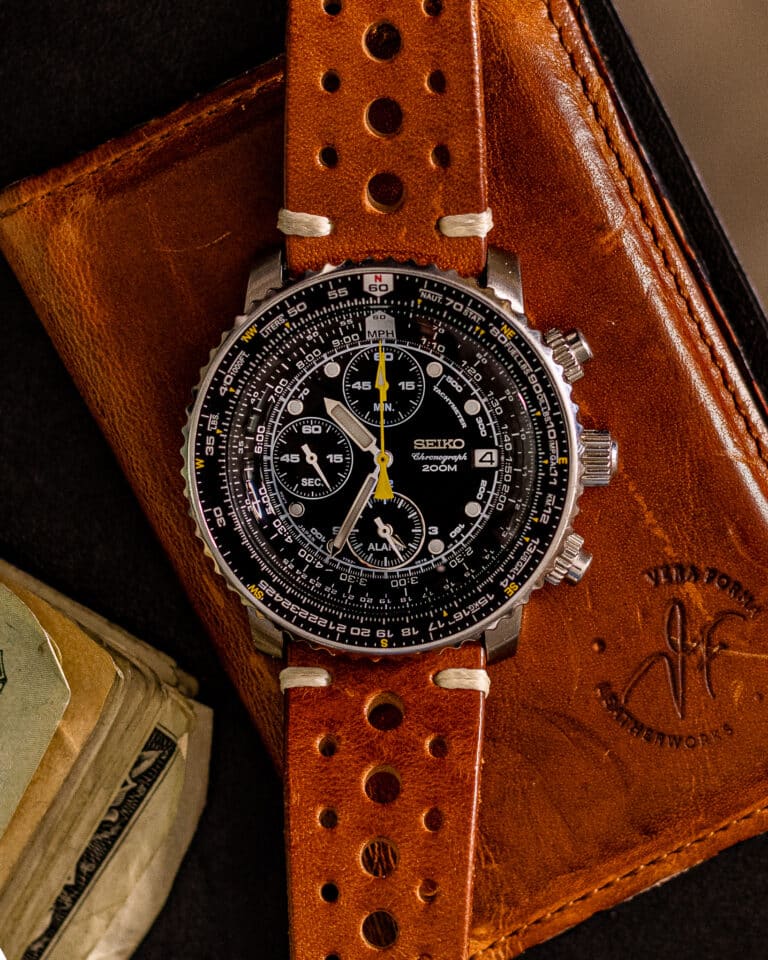

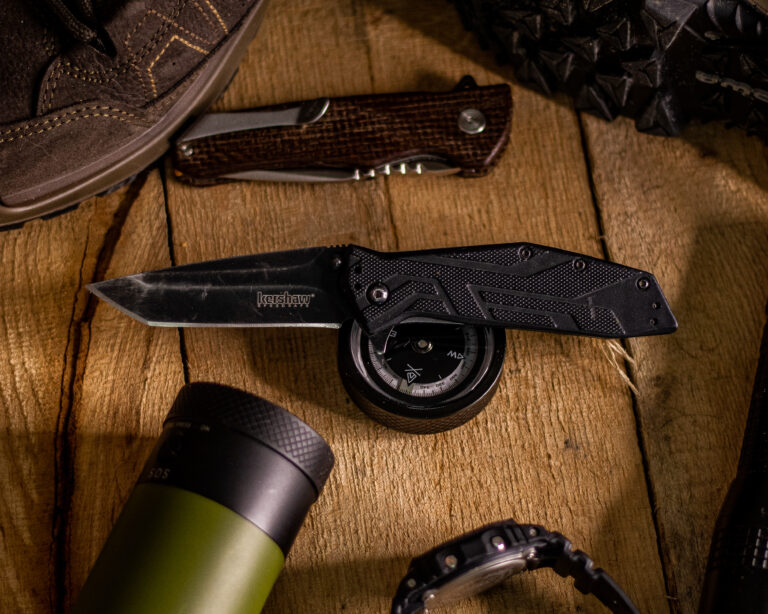

Look at the Finch 1929. It also has a Spey point blade
Thanks, Nancy. Great suggestion. Finch makes some great stuff. I’ll check out the 1929.
I own both the case stockman and the trapper. I couldn’t agree with you more on the spey blade as it is also my favorite tool. My only problem is that my stockman has the amber jigged bone handle and the trapper has the dyed chestnut bone. handle. I love the look and feel of the jigged bone handle but I love the form of the trapper so I am always in a daily pickle of which one I want to pocket for the day…….. I guess I’ll have to get the amber jigged bone trapper to make my. life a little easier! Great article!
Thanks, A! Yeah, I feel like getting the amber jigged bone trapper is the only reasonable solution here. 🙂 Thanks again!
Thx for the article. Very interesting and informative. I carry my father’s jigged bone Case trapper that was made between 1965 and 1969. I recently acquired it and carry it every day everywhere. I have not attempted to castrate any horses bulls or any other animal so I found that reason for the name humorous. I definitely agree with you about it being an ideal blade for gutting a deer and many other tasks. Will be checking out the crkt knife you listed. 👍Nothing beats the old school!
Lol well I’m glad you’re not out there arbitrarily castrating any livestock. The Case Trapper sounds awesome! Mind if you share how you dated it? Might be helpful for other readers!
I own both the case stockman and the trapper. I couldn’t agree with you more on the spey blade as it is also my favorite tool. My only problem is that my stockman has the amber jigged bone handle and the trapper has the dyed chestnut bone handle. I love the look and feel of the jigged bone handle but I love the form of the trapper so I am always in a daily pickle of which one I want to pocket for the day…….. I guess I’ll have to get the amber jigged bone trapper to make my daily decision a little easier! Great article!
Hey! Thanks for the comment. It’s good to have choices, and who doesn’t need a few more pocket knives, right? I’m a huge fan of the spey blade and I’ve only grown to like it more since I wrote this piece. Thanks very much for the kind words!
Thanks for the info. I was given a Pickett knife (Boy Scout pattern) when I was 6 years old. I couldn’t open all the blades till I got older, but the big one I could. My dad and grandpa showed me how to use the knife safely (even so, I managed to mistakenly cut myself a few times, nothing serious, just part of the learning g experience). During the winter months, I ran trapline after school until I was 19. Then my parents decided I would quit trapping and go to college. The rest is another story. But I always favored the Trapper pattern for the reasons you have stated. I still carry one every day. If I’ve got my pants on, I’ve got my trapper. Here in the People’s Republik of Kalifornia and other overdeveloped areas of the country, my innocent old trapper is seen by most as a “dangerous and deadly weapon”. I don’t care, they can keep their opinions. After all, opinions are like noses, everybody has one (or words to that effect).
Thanks, Ted! Your trapper being a deadly weapon is laughable, right? I’m in NY so I know the feeling, but I never get the feeling anyone is looking at my Case like it’s a problem. The other knives.. well… As you said, the rest is another story.
Great article, thanks. I had been a three blade stockman EDC guy until I dug up a Schrade trapper in 1975. You can imagine its condition, rusty and icky. I cleaned it up and it was still tight and took a good edge. For kicks I carried it for a while because it was a good story. And realized how useful the trapper-style knife was. My wife thought I needed a better looking trapper and bought me a yellow handled KaBar and that started my collecting of trappers (and other knives). Great knives and good to know a little more of their history.
Thanks Cordell. That’s an awesome story, and your wife deserves some credit for her great taste in knives. Keep collecting!
I have a purple bone Case Trapper and I absolutely love the spey blade. I use it way more than I thought I would. I am a furniture/woodworker and it is an extremely versatile blade!
Hey Zachary! That’s exactly how I feel about it. So practical! Thanks for the comment!
When I was a kid I used to go to cattle round ups. Castration is done by clipping the bottom of the scrotum with a sharp knife, and then squeezing the testicles out of the slit, then just cut the little strings holding it. Then toss them into a pan to be prepared later. The bull testicles that I remember were relatively small because only the young cattle were castrated. Big bulls with big balls are breeders and I couldnt imagine having to take those. Hope this helps.
Lol that’s a pretty in-depth description! Thanks Dave. Yeah, I guess I could see why you’d leave the big boys’ hangers in place!!
Civivi Cedar; not available yet. Also has toothpick & tweezers
Hey Andrew! Thanks! I think it’s out now. I just checked it out and it’s gorgeous. Thank you for the heads up. I might get my hands on one and throw it in this guide.
Benchmade calls the blade on its iconic Osborne 940 a “reverse tanto” but to me, it looks unquestionably like a spey blade (which makes sense, the designer—Warren Osborne—worked as a ranch hand & the design was intended as a working folder)
Hey Zed! I’ll definitely check that Benchmade out. It’s nice to see tactical companies throwing it back to old-school designs! Thanks for the heads up!
I just got an offer from the NRA-ILA to get their 1776 “Trapper-Style” knife for a contribution of $28 or more. I must say I have been a drop-point man for many years, ever since my old Ka-Bar folder. But you have intrigued me into looking for a Spey blade. Heck, if the NRA knife is as good as my current EDC, which is a Bear from them too, it’s worth a “contribution”!
Thanks! And I’ve told countless people, my knife is no more of a weapon than a hammer or a chainsaw. They are primarily tools that could be used as weapons, if necessary. And really, wouldn’t you be more afraid of someone with a chainsaw than somebody with a knife?
Jim, I get it! I like a drop point too. But man, the spey blade is just so damned useful! Thanks so much for sharing man. Let me know how that trapper turns out. And, since you commented, don’t forget to join my mailing list so you don’t miss any of my latest posts. We’ve been busy ’round here! Thanks again!
On my Schrade Stockman I always used the spey blade for my “junk blade.” Basically, I used it for all the abusive stuff – scrapping, digging pebbles out of boot soles, etc., and kept the other blades for fine work. I did so because there was really no point to break off.
Hey Frederick. Yeah, I think that’s honestly a great use for a spey blade. You’re also really unlikely to accidentally poke it into anything. Thanks man! Hey, consider signing up for the newsletter if you liked this article!